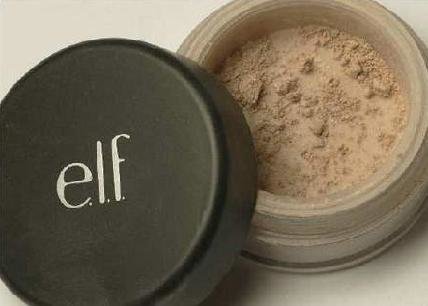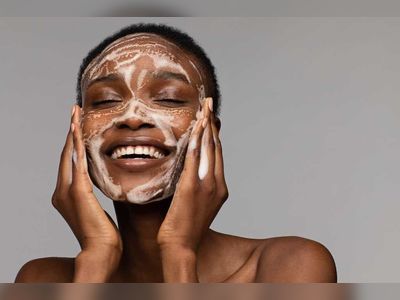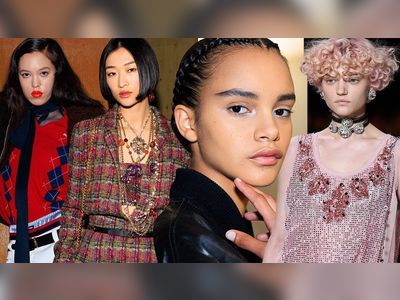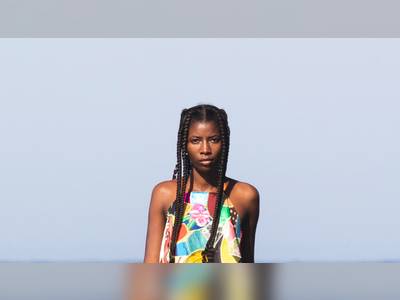Since 2003, it has “just exploded,” Karen Grant, a beauty industry consultant for NPD Group, says of the mineral phenomenon. “It’s literally grown more than 30-fold from when it originally came in. It’s crazy.”
In January, drugstore giant Maybelline got into the mineral makeup biz, and next month MAC Cosmetics will release its first mineral powder foundation. Next up: Mineral lines from Revlon, Wet N Wild and N.Y.C. New York Color. And with this spring’s emphasis on a natural glow, the mineral movement seems set to gain even more ground.
Mineral products makers brag that they are different than heavy liquid foundations. They contend they are “natural;” Bare Escentuals even boasts that its best-selling powder is “so pure, you can sleep in it.” The companies promise a more fresh-faced look and a finish that won’t get cakey. And they say the products are better for the complexion than liquids.
For this, you can pay as little as $5 or as much as $65.
But price, as it turns out, tells you nothing about what’s in the jar. Some expensive brands – Trish McEvoy, TRUE – contain potentially irritating chemicals, while cheaper brands – Afterglow, Alima – are chemical-free. Most often, the culprit is bismuth oxychloride, a byproduct of lead refinement that isn’t a pure mineral. It lends an opalescent sheen and appears on ingredient lists.
“To have other ingredients like bismuth that can be irritating, that’s really misleading,” says Dr. Jessica Wu, a clinical instructor of dermatology at the University of Southern California Medical School.
Claims of protection against the sun can be misleading, too, Wu says. Many products claim an SPF 15. Any product containing titanium dioxide and zinc – components of most mineral powders – offer a small level of natural sun protection, Wu says.
But you’d have to pack on the foundation ridiculously thick for that much protection. In reality, mineral makeup provides “between a 4 or a 5” SPF, Wu says.
Wu agrees that mineral makeup is generally less irritating than liquids.
“Liquid foundations – even tinted moisturizers – often contain chemicals, for example preservatives, that can soak into the skin and be absorbed,” she says. “Loose powders sit on top of the skin so they’re less likely to irritate and interact with the skin.”
And from beauty’s point of view, there are advantages, too.
Mineral powders look light but are actually more pigmented than standard foundations. So less is needed to cover flaws.
A single, sparing brush of mineral makeup can work like a magic eraser; it’s long-lasting and doesn’t require touch-ups during the day, and doesn’t leave a greasy sheen.
“It’s easier to use than regular foundation,” says makeup artist Robert Bolanos, who uses mineral products on clients such as Jessica Alba and Queen Latifah. “All you need is the powder, a brush and that’s it.”
That simplicity can’t be underestimated.
“It probably feels a little better to say ‘I’m just wearing powder’ – yet the skin is looking flawless,” says John Stapleton, a senior makeup artist with MAC.
Because in the end, who wants to say they need any kind of makeup at all?











